Sony versus Sigma - the 35mm F1.4 battle
Marc Heijligers, 06-02-2016Recently I had the opportunity to borrow a Sony FE 35mm F1.4 lens from the local photography shop. This gave me the possibility to compare it to my Sigma ART 35mm F1.4, which I’ve used extensively on my Nikon D800.
Build Quality
Both lenses are large and heavy, the Sony 630 grams and the Sigma 665 grams. In combination with the respective cameras this adds up to 1255 grams for the Sony, and 1665 grams for the Nikon-Sigma combi. This is both heavy, and no fun to carry for a whole day. The advantage of the somewhat heavier Nikon-Sigma combination is that it feels more weight balanced than the Sony, and for the weight it has a larger grip to assist the weight carrying.Below you get an impression of the difference in size:
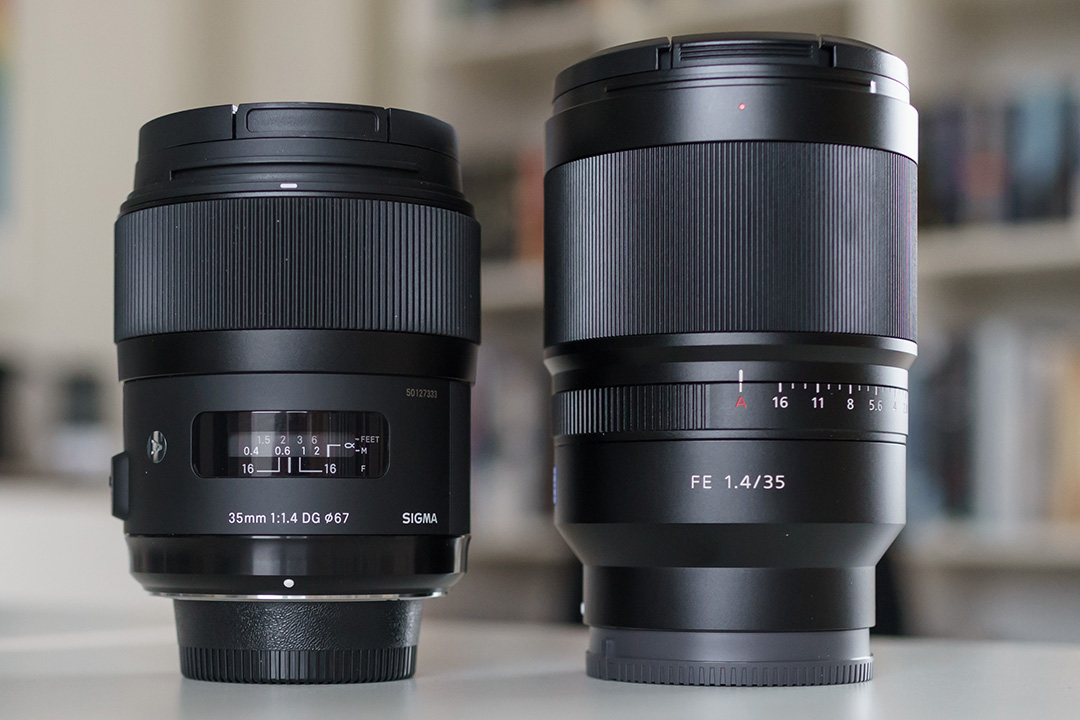
Optical Quality - Sharpness
According to for SLRgear (and others) both lenses should have comparable sharpness.Sony FE 35mm F1.4:

Sigma ART 35mm F1.4:

To evaluate the lenses under practical conditions, I have tested them with 2 scenes, where the main object is at various distances, one (bookshelf) is at 2m distance, and one (houses) are at > 100m distance. For details, see the extensive sharpness comparison page.
Regarding sharpness, the Sony is the clear winner of the two. See below an example in the centre of the frame, both lenses at f2.8 (Sony left, Sigma right), the Sony shows more details (brick-stones, “chimneys”), but take in mind that the A7RII has a 16% resolution advantage compared to the D800:

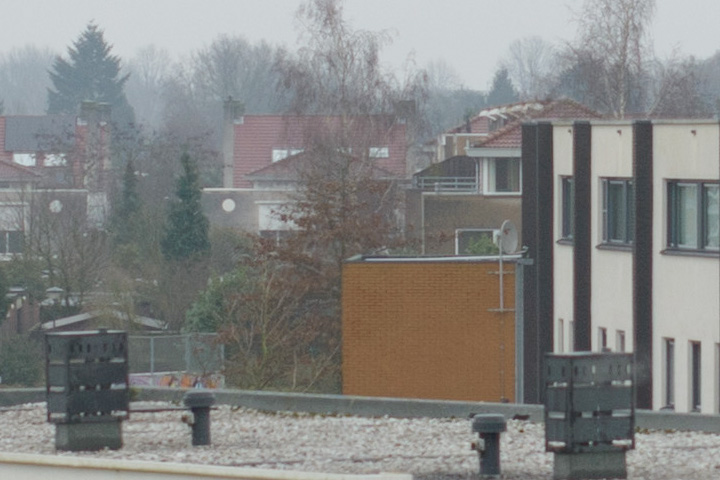
Although the Sony is sharper, it suffers from a skewed lens element, which results in asymmetric sharpness, in this case the top-right corner being severely blurred (see crop below with the Sony on the left, the Sigma on the right, both at f2.8):
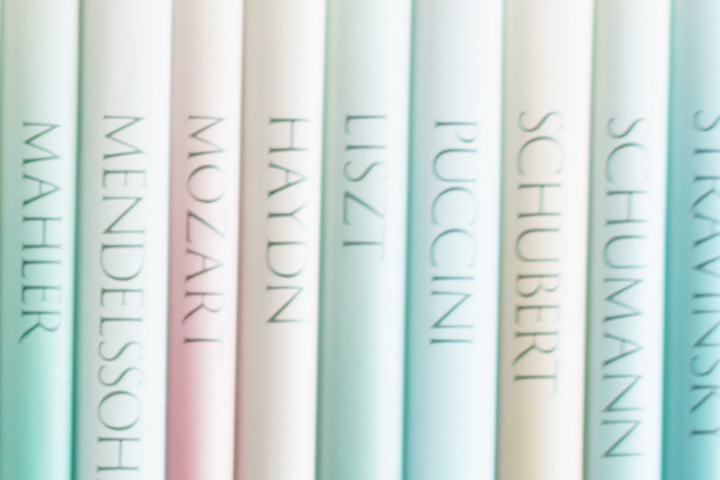

Optical Quality - Bokeh
When taking bokeh into account, the Sigma is clearly smoother than the Sony, which shows clear onion rings inside the boek rings. Below is an example at f1.4 (Sony left, Sigma right):

When stopped down, the Sony gets clearly “nervous” (example below at f2.4; Sony left, Sigma right):

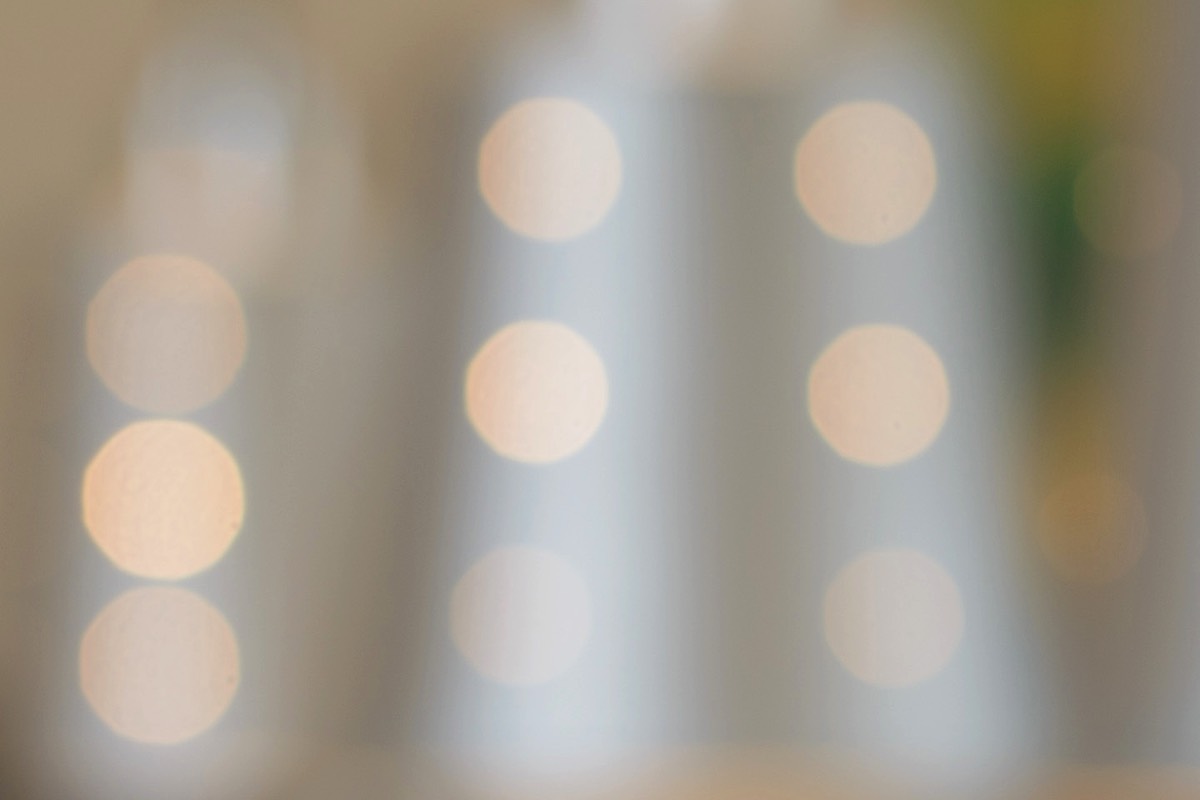
The overall rendering is quite similar, where the contrast curves and color temperature of the cameras have more impact (f1.4, Sony left, Sigma right):
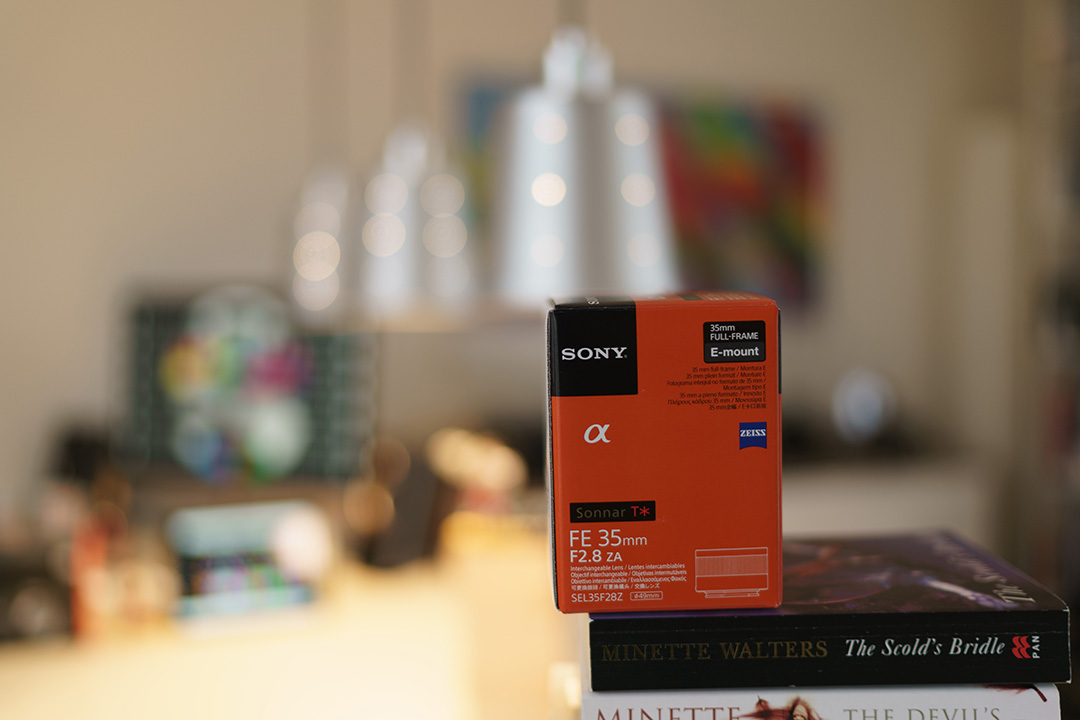
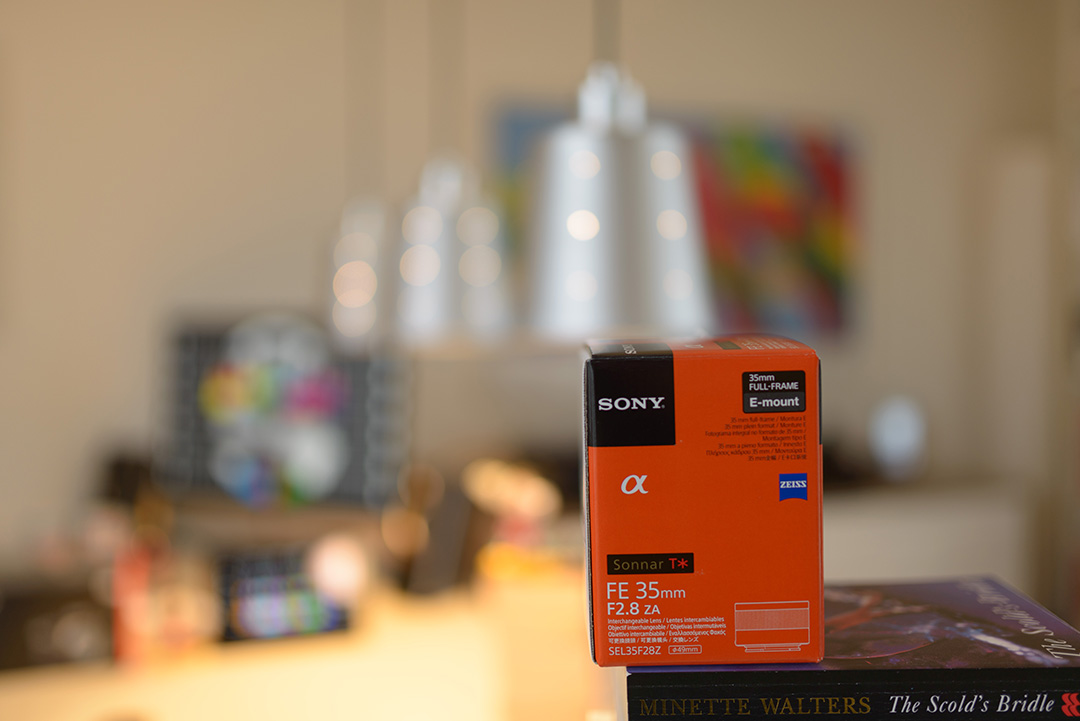
For a detailed analysis on out-of-focus rendering, see the extensive out-of-focus comparison page
Alternatives
In the 35mm range, there are hardly alternatives for (autofocus) F1.4 lenses. One alternative is to take a lens with a longer focal length, like the Sony FE 55mm F1.8.- Sony FE 55mm F1.8: Although this is not a 35mm lens, for quite some cases and some additional footsteps walking, this lens can be an alternative., e.g. if you want to take portraits with the shoulders and a bit of environmental background. The bokeh of the 55mm is much more smooth than the 35mm F1.4, and if bokeh is the main concern, one is probably better off with a standard or tele lens. Below a crop with the 55mm at f1.8 on the left side (I couldn’t get further away, so the scene is a bit different), the Sony at f1.4 in the middle, and the Sigma f1.4 on the right side. As you can see, the bokeh is most smooth on the 55mm.
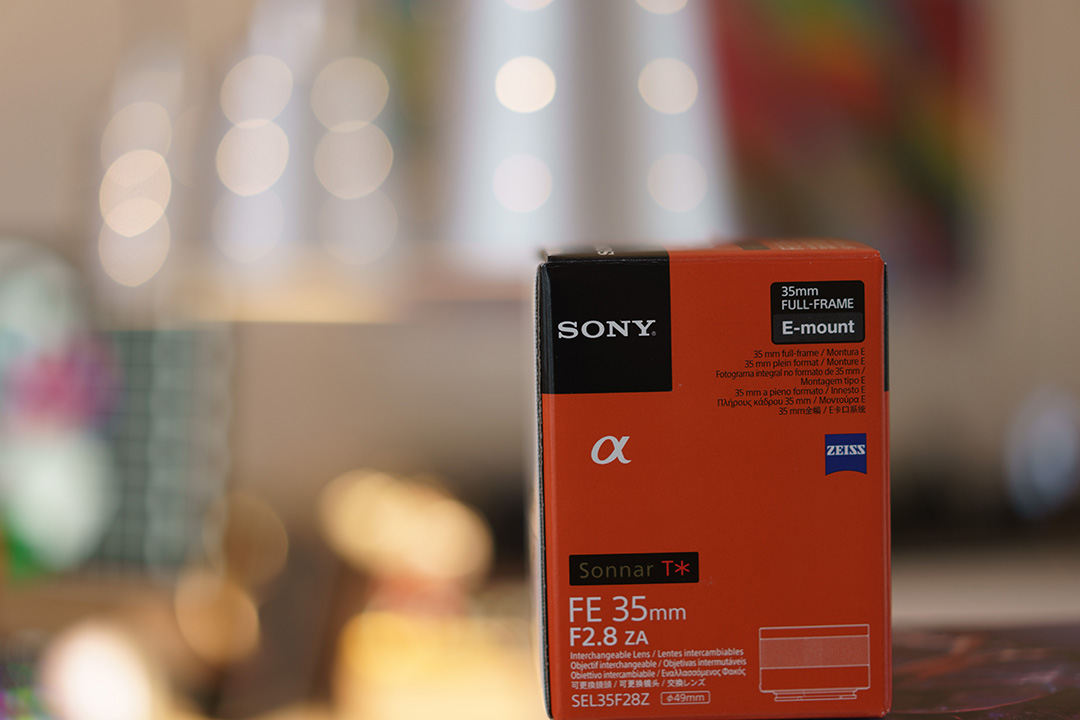
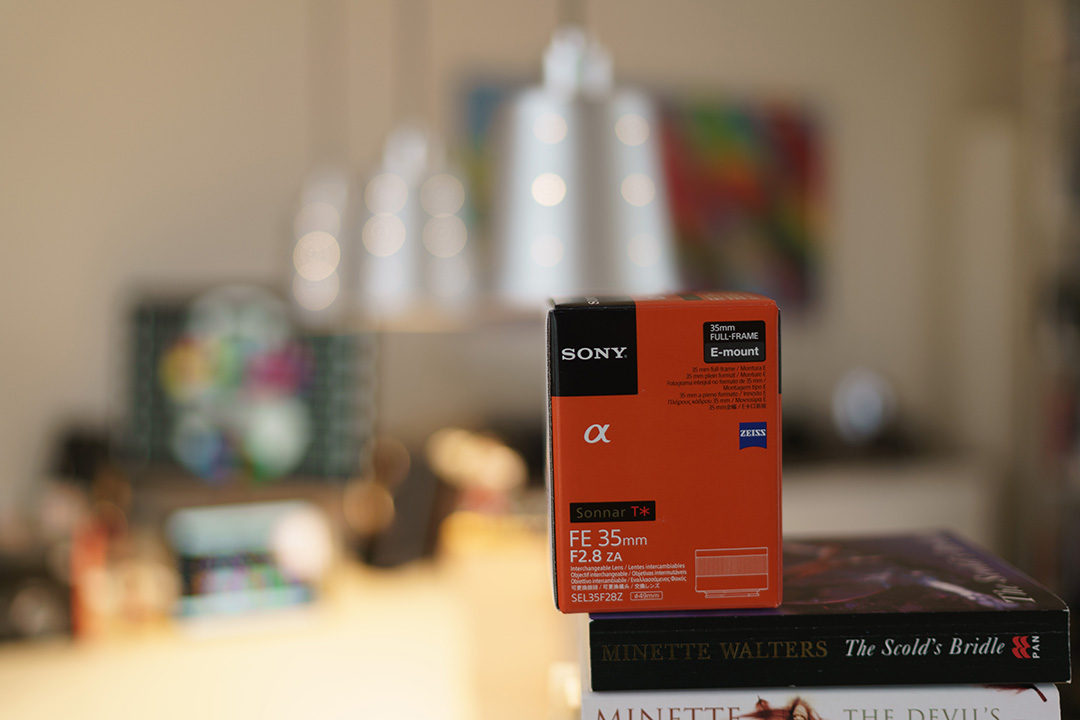

Links
There are not so many comparisons on the web where both 35mm lenses are compared directly, below are some links:- Sinefoto forum, comparing both lenses with a portrait. As the original photos seem to be lost, I copy them here (left Sony on an A7R, right Sigma on a Nikon D610). Here the Sony seems to be smoother:


Conclusions
Both the Sony as well as the Sigma will provide satisfying photographic results. The Sony has better sharpness (when ignoring the internal skewed lens issue), the Sigma has better bokeh. Given the price difference (Sony €1699, Sigma €749), the Sigma has a much better performance/price ratio. When a good lens adapter is considered, the Sigma is a better overall choice.When thinking one step ahead, the Sony 35mm F2.8 (€799) has comparable sharpness to the Sony 35mm F1.4, as well as the Sony 55mm F1.8 (€999) has a nicer bokeh than the Sony 35mm F1.4. This combi has a similar price, and may be a better choice than going for the bulky heavy weighted Sony 35mm F1.4 or Sigma ART 35mm F1.4.
Last but not least, be sure to test the Sony 35mm F1.4 for skewed lens issues before keeping it.